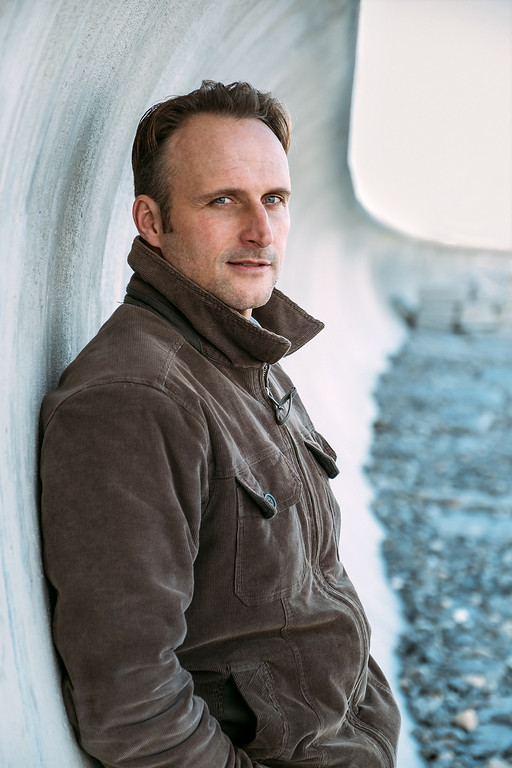Piece by IDA VITALE
Translated from the Spanish by SEAN MANNING
A Q&A with the translator follows the piece.
This piece is a selection from Byobu, out this November from Charco Press.
The Sensitive Toad
From the bottom step, where the stairs rise from the stone path between two patches of grass, Byobu sees a toad cross in front of him, hopping from green to green. It’s followed by another, just as quick. Not long ago, Byobu read a horrendous list of little tragedies that could befall an Englishman in the nineteenth century: it included stepping on a toad, believing it to be a stone in the road. Byobu is not English, nor is he from the nineteenth century, but there he stands on one foot, like a heron, which luckily for these batrachians he is not. On a magnificent summer night like this it’s normal to hear them, but seeing them is not so common, thought Byobu when the third little fellow appeared. Why the third fellow? Well, because as we all know three is a sacred number, and besides, there were three.

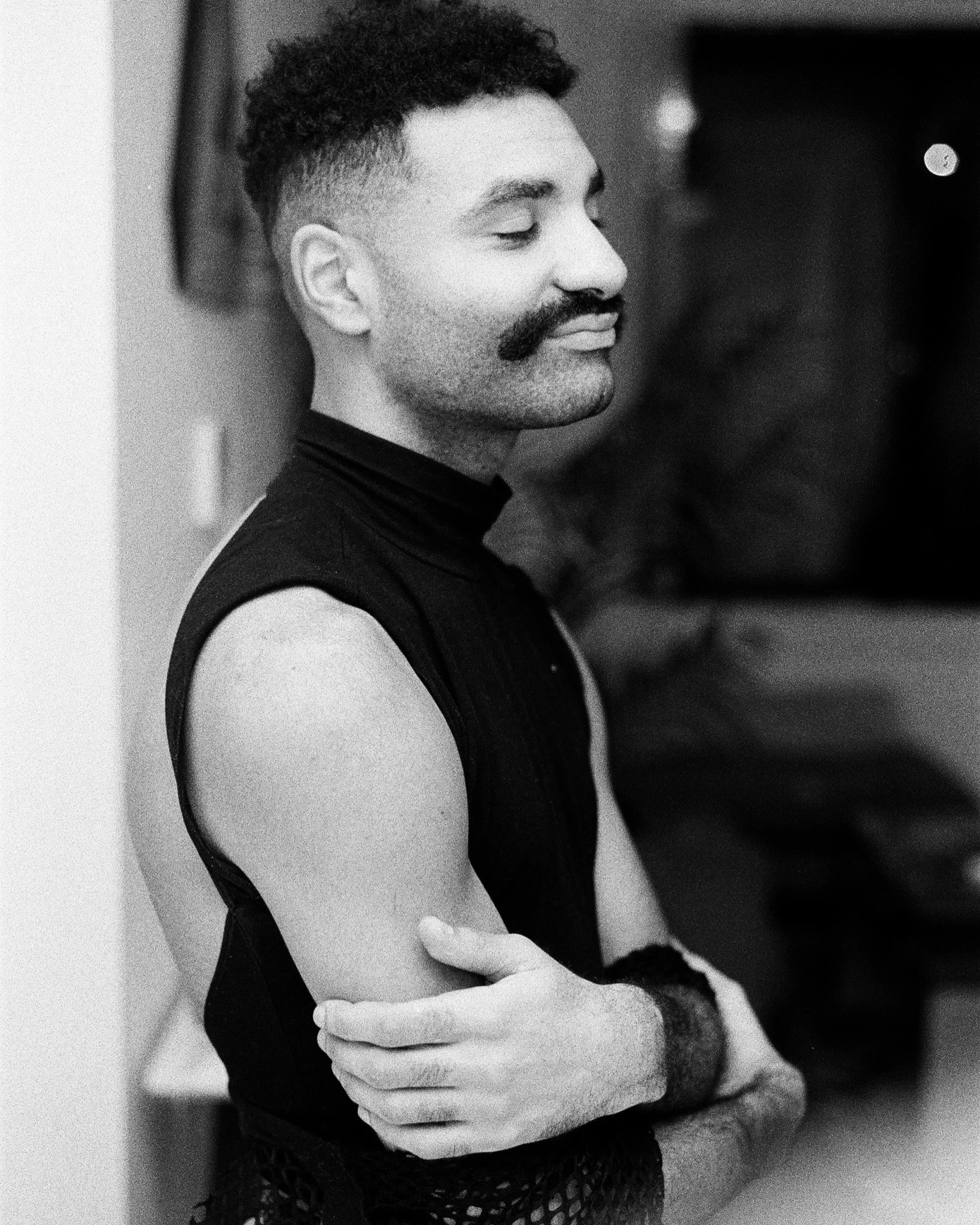

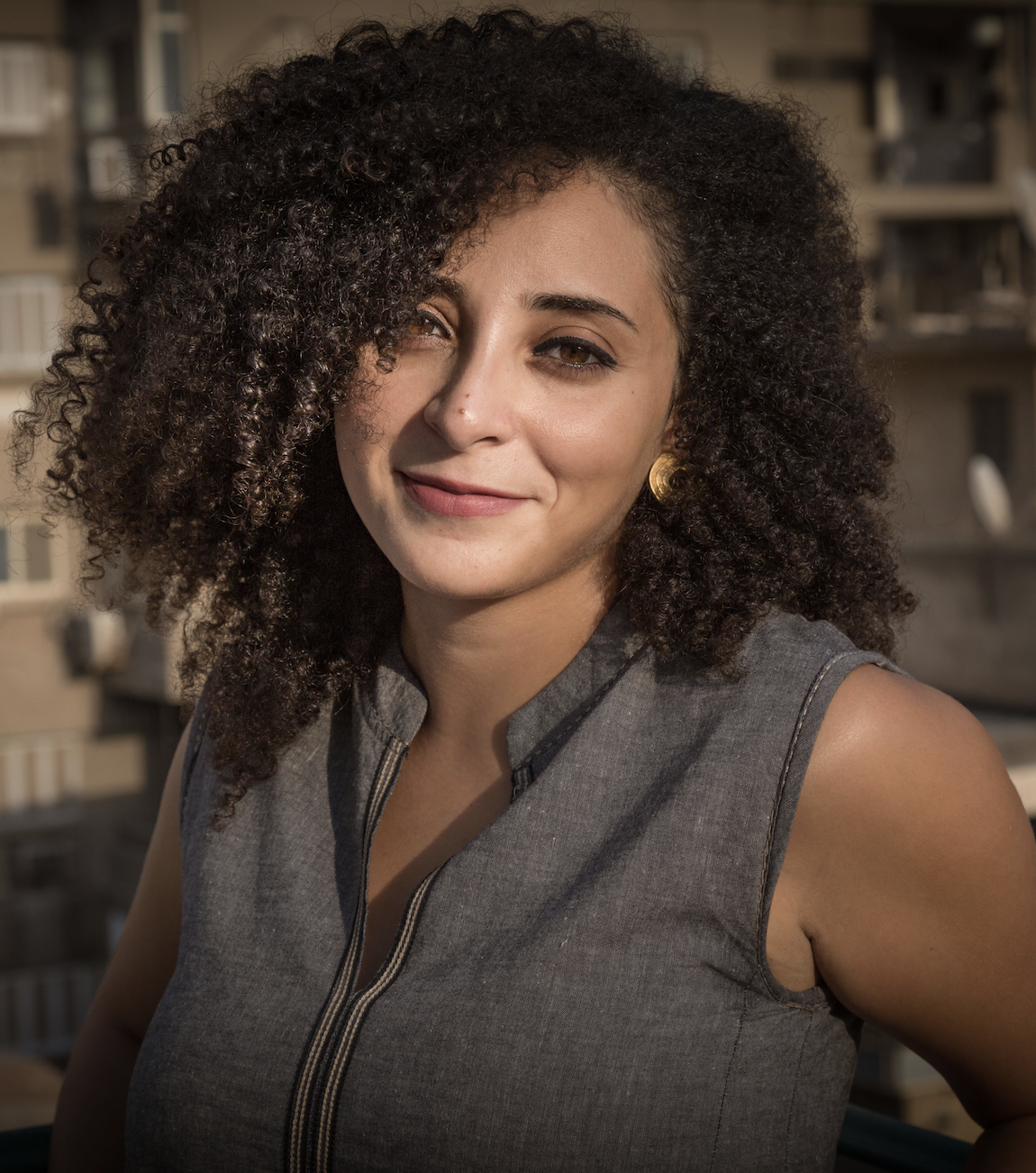

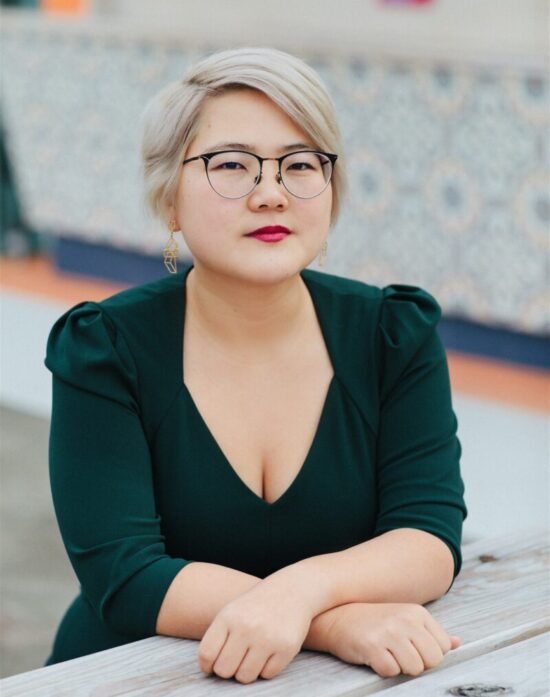


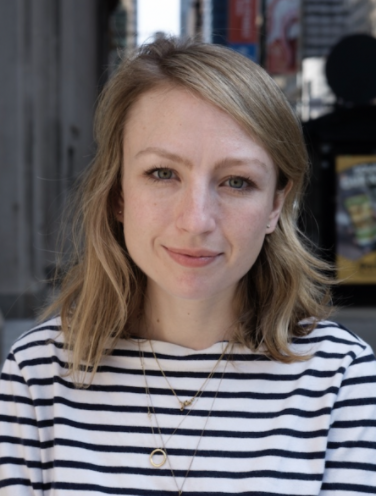
 This interview is the eighth in a new series, Writers on Writing, which focuses on craft and process. The series is part of The Common’s 10th anniversary celebration.
This interview is the eighth in a new series, Writers on Writing, which focuses on craft and process. The series is part of The Common’s 10th anniversary celebration.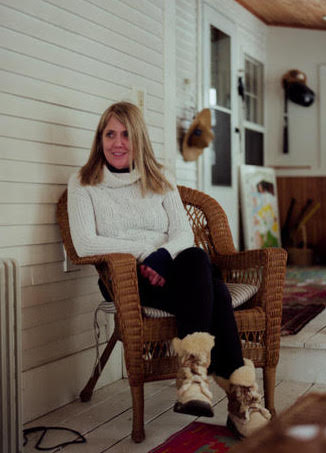

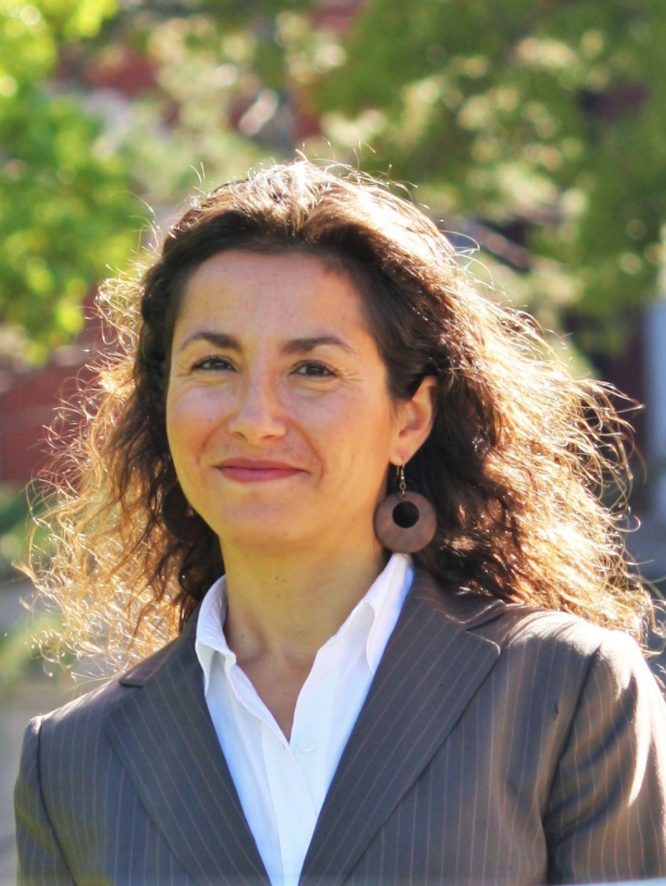


 This interview is the seventh in a new series, Writers on Writing, which focuses on craft and process. The series is part of The Common’s 10th anniversary celebration.
This interview is the seventh in a new series, Writers on Writing, which focuses on craft and process. The series is part of The Common’s 10th anniversary celebration.
